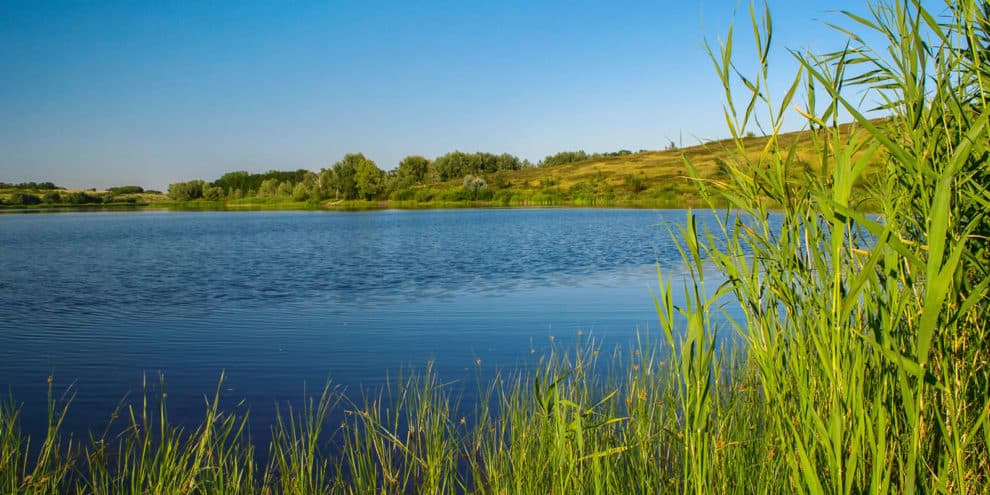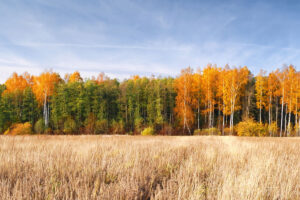Many people tell us they struggle with the best way to make an offer after finding a rural property they want to purchase.
Typically they’ve spent many weekends over the previous year shopping for rural land for sale. They’ve looked at a dozen properties, and finally they’ve found a great property and are ready to make an offer.
Our experience is there are common mistakes people make at this point. For example, purchasers often accept unnecessary risk they later regret, or make excessive demands that spoil a great purchase opportunity. So, here are some points to consider before you act:
1. Price. Balance your opinion of “fair price” with the understanding that when it comes to land, “fair” has a wide range. On the one hand, be sure to look at real world data (comp sales) so you don’t pay too much or conversely, have an unrealistically low price expectation. But, on the other hand, use this information loosely, as a general guide. The reason is that with rural land, nearly identical properties will sell in a surprisingly broad range of value. The high and low end of this range may be 15% to 20% apart with both ends considered “fair”. Only you can say what you should pay for a property. But, our experience is that it can be “penny-wise and pound-foolish” to let a 5% or 10% difference in positions cause you to lose a property you love and that otherwise meets your criteria. No one wants to pay too much. So do your homework, look at comps, and negotiate hard. At the end of the day, there is “fair price” and there is “what it takes to own it”, and the difference can look insignificant when viewed from the satisfaction of owning a great property.
2. Contingencies. There are no perfect properties or perfect deals. If you’re ready to make an offer on a property but the deal has a few hitches that concern you, don’t hesitate and lose the opportunity. Instead, go ahead and make an offer, but use “contingencies” to deal with the issues. A contingency in effect says, “I’ll buy the property only IF certain events happen prior to closing”. For example, if you must borrow money to close the purchase, make getting a loan commitment a condition for purchase. If a neighbor’s driveway is over the line, require the seller to resolve the issue to your specifications prior to closing. Solutions might include moving the driveway, obtaining an affidavit from the neighbor regarding terms of use, surrender ¼ acre and lower the price, etc. The point is, many problems have good answers. So, don’t let resolvable issues keep you from moving forward with an offer on a good property. With well-written contingencies, you’ll be first in line to buy the property. Then, either the issues will be resolved to your satisfaction or you’ll get your down payment back.
3. Down payment. The more you are willing to pay as a down payment with your offer, the more likely a seller will negotiate with you on other issues. Remember, the down payment is a credit towards the purchase price. So, assuming you intend to close (and you have well-written contingencies), you are not really taking much risk.
4. Written or verbal offer. The strongest way to make an offer is to put it in writing in the form of a contract, along with a down payment to be held by an escrow intermediary (attorney, real estate agent, title company, etc.). However, some people prefer to make a verbal offer, then once there is general agreement on price and other major issues, put it in writing for signature by the parties. How you do it depends on the circumstances and personalities involved. For example, a reluctant seller may be persuaded by a strong written offer that includes a large down payment. Or, if a seller and buyer live in different states, it may be more practical to make a verbal offer first, then get it in writing after key agreements are reached.
5. Closing costs. Both a buyer and seller will spend money to get to the closing table. These expenses are known as ‘closing cost’. These may (or may not) include a title exam, title insurance, a survey, loan costs, real estate fees, property taxes, closing attorney fees and recording fees. Some of these expenses are large (a survey of 160 acres can cost $8,000) and some are small (in some states, property taxes are only $1-$2 per acre). Which expenses the buyer pays and which ones the seller pays is part of the negotiation. In general, the stronger the contract price, the more willing a seller will be to pay closing costs. The opposite is also true. The point is, don’t let who pays the $150 for taxes spoil the deal. And don’t forget that the large items can add considerably to your purchase price.
6. When someone else gets there first. Sometimes you find that the property you want to buy is suddenly under contract with someone else. But, all is not necessarily lost. There are two ways to successfully handle this. One way is to “buy the contract”. With this method, you pay the current purchaser an amount of money to assign their interest in the contract to you. Remember, you assume all their obligations under the contract, so be sure you get a look at it first. If the contract is not assignable, it may take an inducement to the seller as well. Another way is to place a back-up contract on the property. With a back-up contract, the seller says in effect, “if my purchaser fails to close on their contract with me, then I agree to sell to you upon terms and conditions stated in the back-up contract”. As with other things in life, sometimes the key to winning is not giving up.
7. When an offer becomes binding. Remember, real estate law stipulates that a contract is typically binding on the parties only after, 1) it is signed by all parties (including initialing any changes made during counter offers), and 2) both parties have received copies that are fully signed and initialed.
This preceding article is an excerpt from Tom Brickman’s e-book, “Buying Rural Land: Tips and How-to’s”, a collection of well-written, quick reads to help you find a rural property you’ll love and simplify getting it done. Download the e-book and learn from a seasoned pro with 40 years of experience.
This content may not be used or reproduced in any manner whatsoever, in part or in whole, without written permission of LANDTHINK. Use of this content without permission is a violation of federal copyright law. The articles, posts, comments, opinions and information provided by LANDTHINK are for informational and research purposes only and DOES NOT substitute or coincide with the advice of an attorney, accountant, real estate broker or any other licensed real estate professional. LANDTHINK strongly advises visitors and readers to seek their own professional guidance and advice related to buying, investing in or selling real estate.










Add Comment